Best Seaside Garden Plants: Choosing Plants For A Seaside Garden
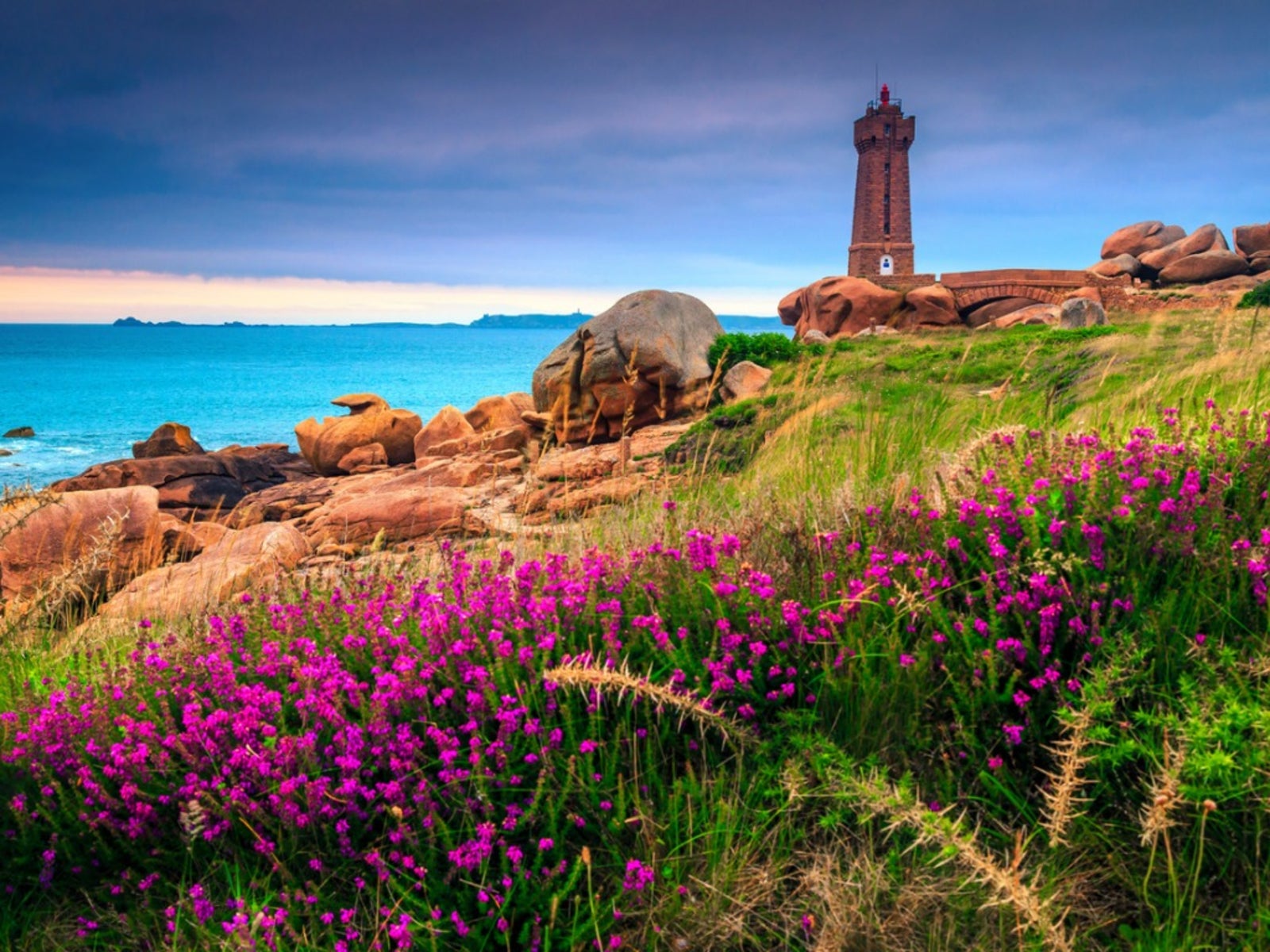

If you're lucky enough to live on or near the beach, you'll want great seaside plants and flowers to show off in your great location. Choosing seaside plants and flowers is not difficult, once you learn what to look for when picking out plants for a seaside garden.
How to Choose a Seaside Plant
Many seaside landscape areas are in a full sun location, and shrubs and trees for coastal usage have to be tolerant of sea spray. High winds are common at the beach and soil is sandy, meaning water retention can be a problem with plants for a seaside garden. There are many plants for a seaside garden that tolerate these elements. Plants are categorized as having low, medium, and high salt and sea spray tolerance. Learn how to choose a seaside plant and learn which plants for a seaside garden offer the best performance. The best seaside garden plants tolerate hot coastal sun, extreme winds, and sandy soil. Following are some of the most commonly used seaside plants and flowers:
Trees and Shrubs for Coast
Yaupon holly (Ilex vomitoria) and wax myrtle (Myrica cerifera) shrubs are widely used on the ocean-facing side of beach gardens, having a high salt tolerance. Both tolerate full sun to light shade, and both are long-lived specimens that get tall enough, 10 to 20 feet (3-6 m.), to form a barrier or privacy hedge. Larger trees with a high salt tolerance include the Eastern red cedar (Juniperus virginiana) and the Southern magnolia (Magnolia grandiflora). Combine these with highly salt tolerant grasses, like Maiden grass (Miscanthus sinensis) or Muhly grass (Muhlenbergia capillaries), which grow well in the well-draining, sandy soil found in beach areas. These are some, but by no means all, of the best seaside garden plants for the garden with no barrier to the ocean.
Moderate and Low Tolerant Seaside Plants
Beach gardens that have a barrier, such as a home, fence, or windbreak between them and the ocean can use moderate or low tolerance salt spray plants. Seaside plants and flowers with moderate salt tolerance are:
- dianthus (Dianthus gratianopolitanus)
- crinum lilies (Crinum species and hybrids)
- Turkscap lilies (Malvaviscus drummondii)
Other flowering plants with medium salt tolerance include:
- Mexican heather (Cuphea hyssopifolia)
- seashore mallow (Kosteletzkya virginica)
- purple heart (Setcreasia pallida)
When you are shopping for seaside plants and flowers, have a garden plan and check your plant's salt tolerance before purchase. Even plants with a low salt tolerance can be plants for a seaside garden by following the steps below:
- Mulch after planting.
- Work in compost to improve soil and help with water retention.
- Man-made fences offer some protection from the salty spray.
- Use overhead irrigation often to remove salt from foliage.
Gardening tips, videos, info and more delivered right to your inbox!
Sign up for the Gardening Know How newsletter today and receive a free copy of our e-book "How to Grow Delicious Tomatoes".

Becca Badgett was a regular contributor to Gardening Know How for ten years. Co-author of the book How to Grow an EMERGENCY Garden, Becca specializes in succulent and cactus gardening.
-
 Types Of Tomatoes Explained: Explore The Many Wonderful Shapes, Colors, Flavors, & Best Uses
Types Of Tomatoes Explained: Explore The Many Wonderful Shapes, Colors, Flavors, & Best UsesThe world of tomato varieties is vast and fascinating. Learn about the key types to grow in your garden, tailored to your preferences and space.
By Amy Grant
-
 Try The Trend – Turn Any Bed Into A Keyhole Garden With This Clever In-Ground Composter
Try The Trend – Turn Any Bed Into A Keyhole Garden With This Clever In-Ground ComposterKeyhole gardening is an efficient and sustainable practice that saves space. Get started on this DIY project quickly and easily with an in-ground composter.
By Bonnie L. Grant
-
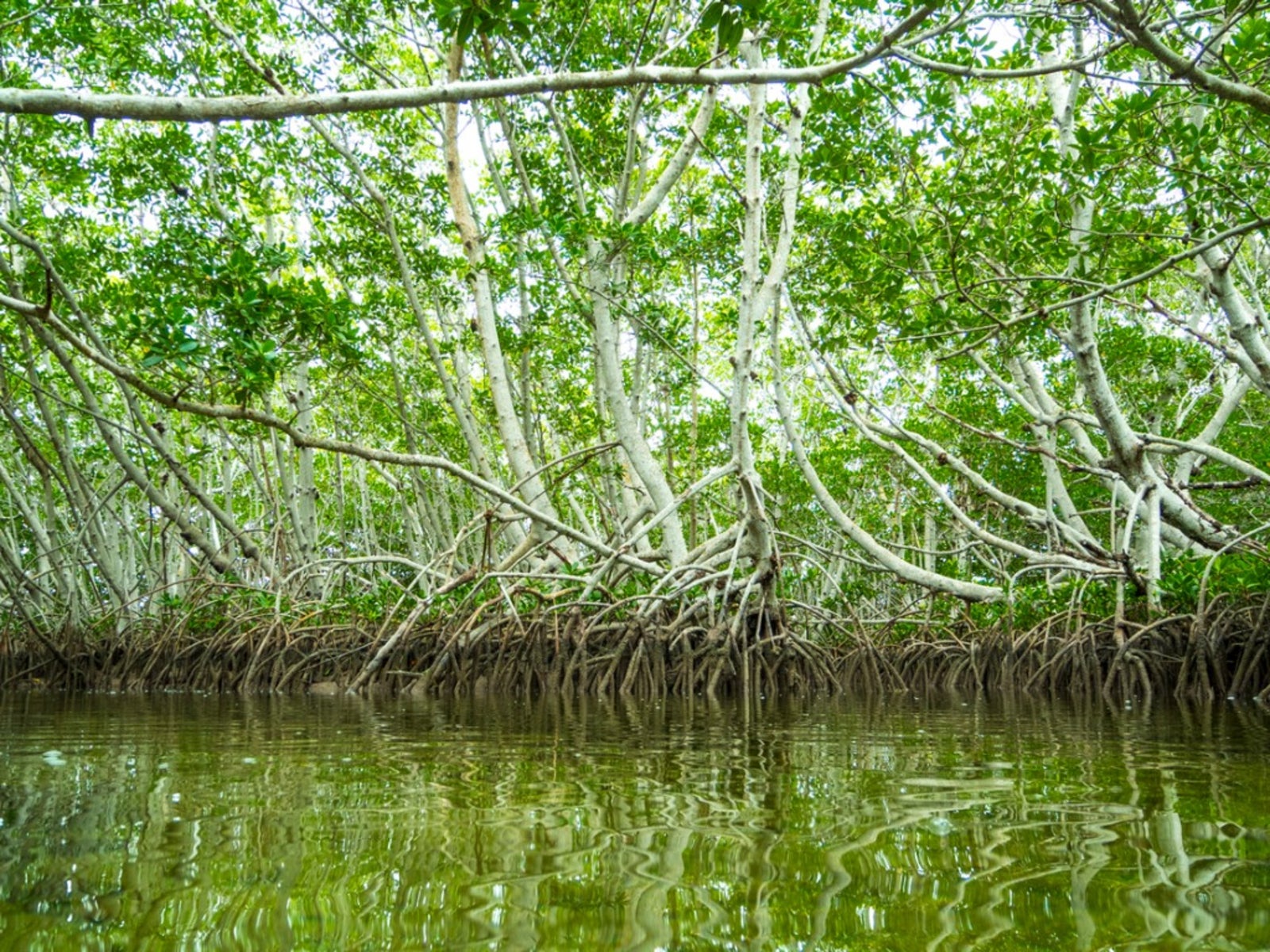 What Is A Maritime Forest – Trees And Shrubs For Maritime Environments
What Is A Maritime Forest – Trees And Shrubs For Maritime EnvironmentsWhat are the most common trees and shrubs for maritime forests? Read on for info on maritime forest plants.
By Teo Spengler
-
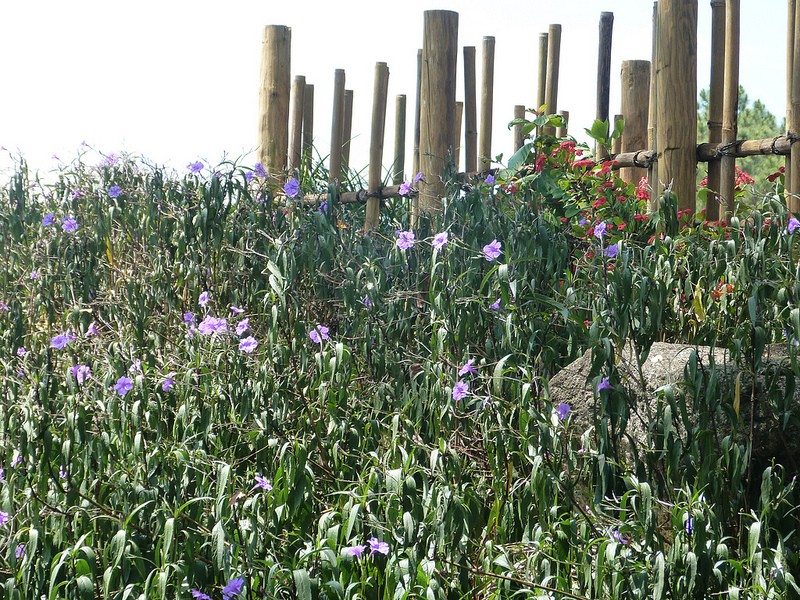 Seaside Gardening Issues: Common Issues Affecting Coastal Gardens
Seaside Gardening Issues: Common Issues Affecting Coastal GardensIssues affecting coastal gardens mainly stem from wind, salt spray, periodic storm waves, and shifting sand. In this article, we will tackle the question of how to handle problems with seaside gardening.
By Amy Grant
-
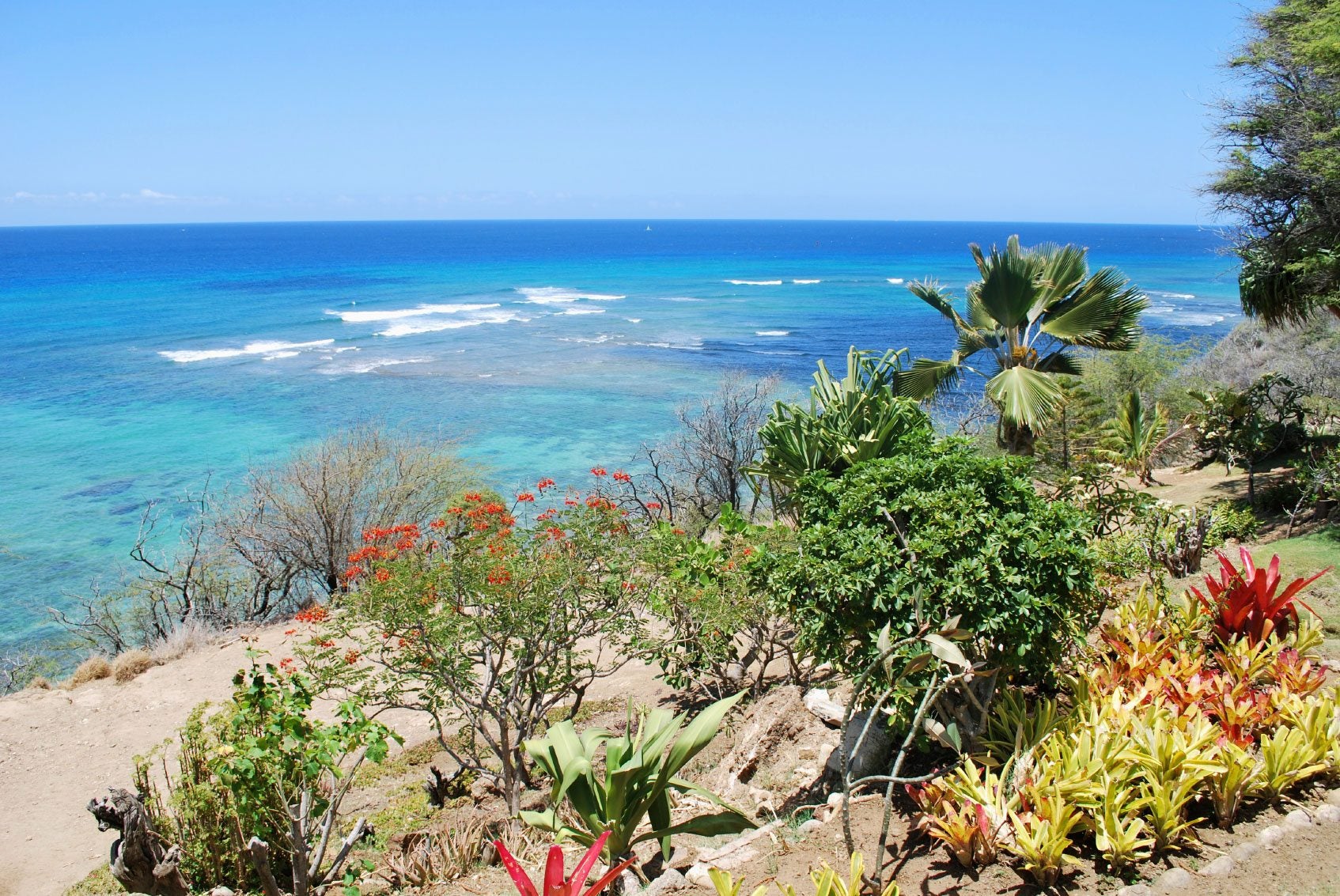 Seaside Garden Basics: Planning And Maintaining Gardens Near Ocean Fronts
Seaside Garden Basics: Planning And Maintaining Gardens Near Ocean FrontsSeaside landscaping presents unique challenges. Seaside gardens call for plants that thrive in the face of adversity. The information in this article can help when planning coastal gardens.
By Jackie Carroll
-
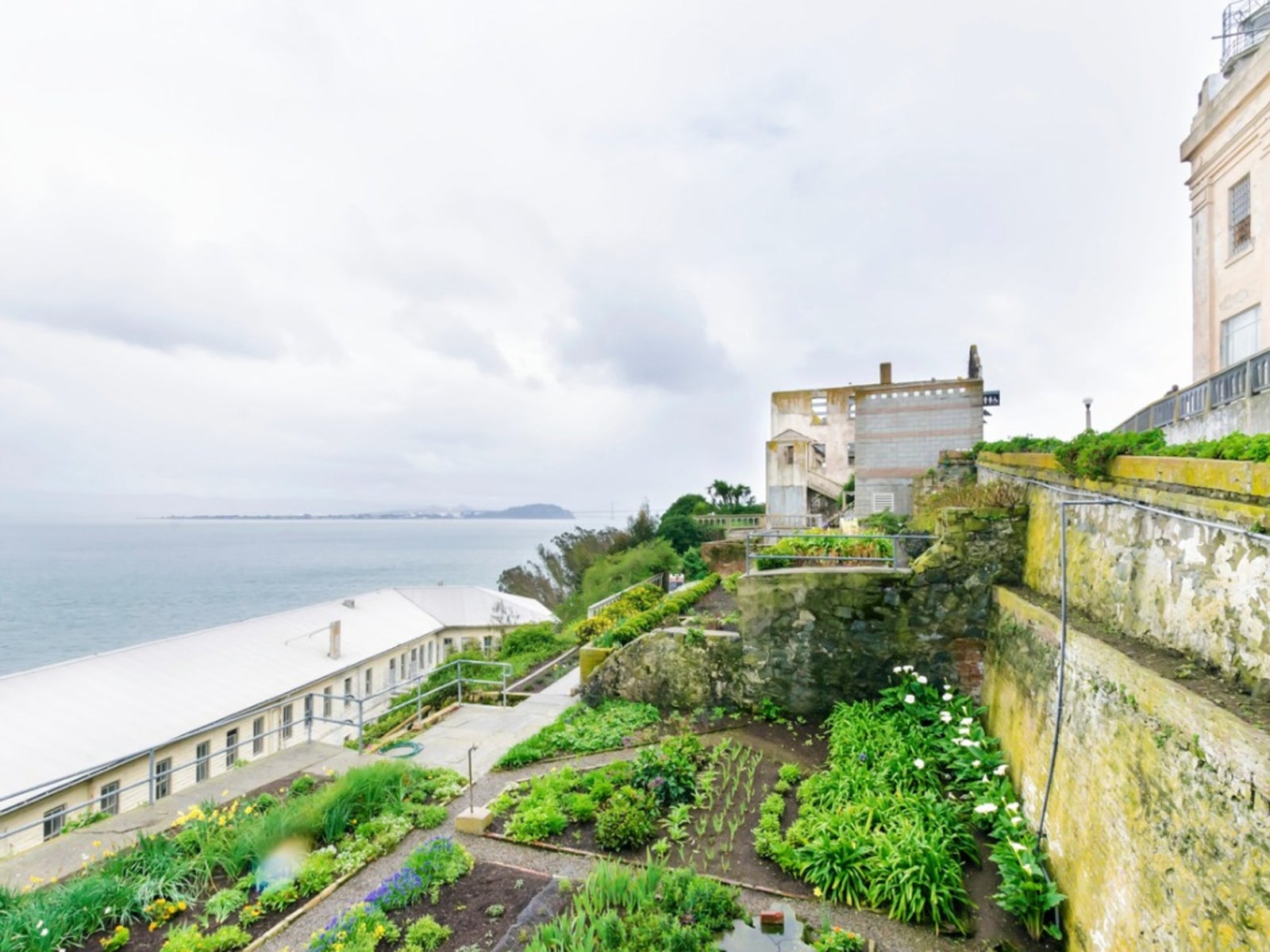 Seaside Vegetable Garden: Tips For Growing Vegetables On Coast
Seaside Vegetable Garden: Tips For Growing Vegetables On CoastMost plants have little tolerance to high levels of salt, especially vegetables. The sodium draws moisture out of the plant and it can burn roots. This article will help with growing veggies near the sea.
By Bonnie L. Grant
-
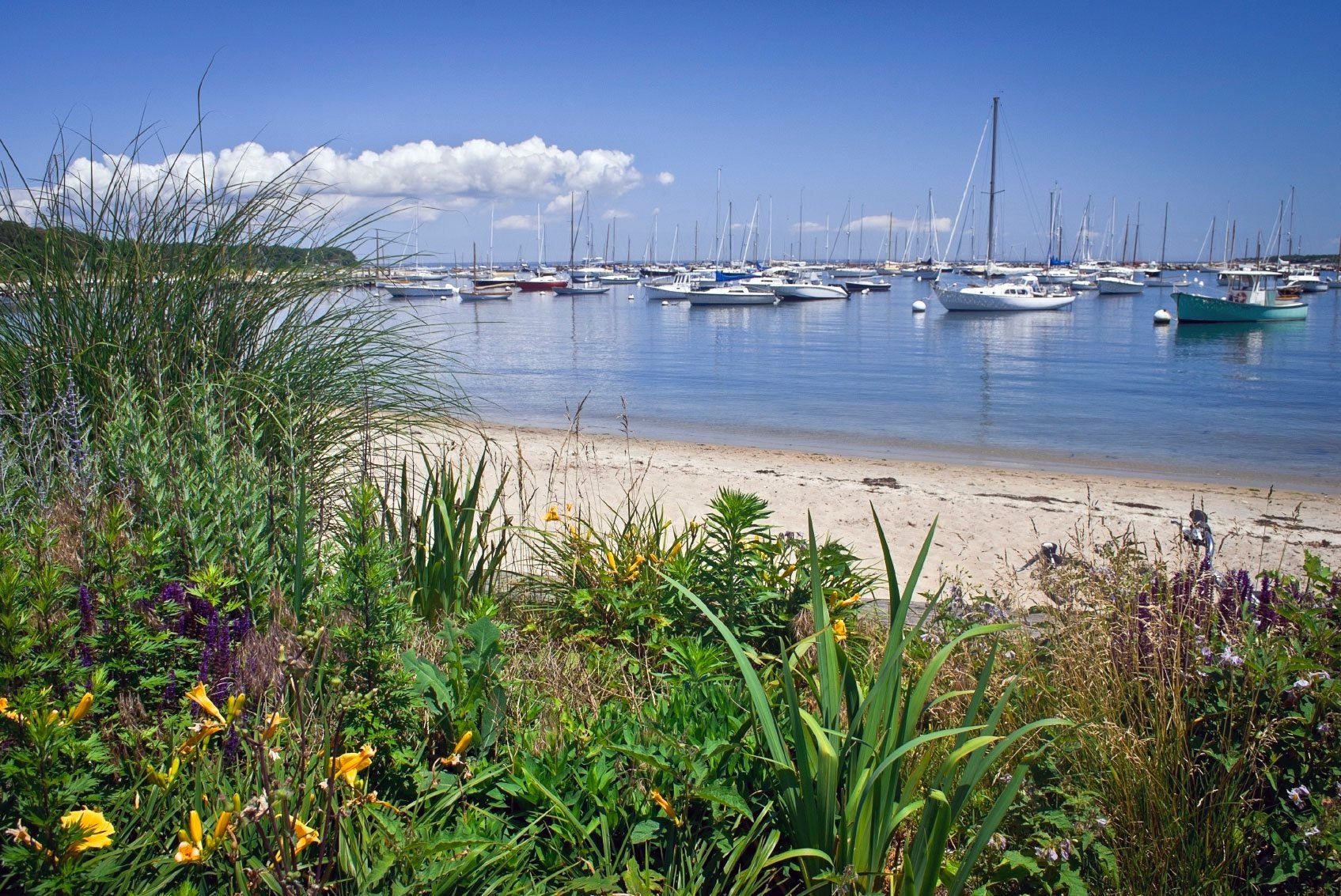 Plants For Gardening With Salt Water Soil
Plants For Gardening With Salt Water SoilSalty soils occur when sodium builds up in the soil. Even runoff from winter salt spray can create a microclimate in need of salt resistant gardens. This article can help with choosing salt tolerant plants.
By Jackie Rhoades
-
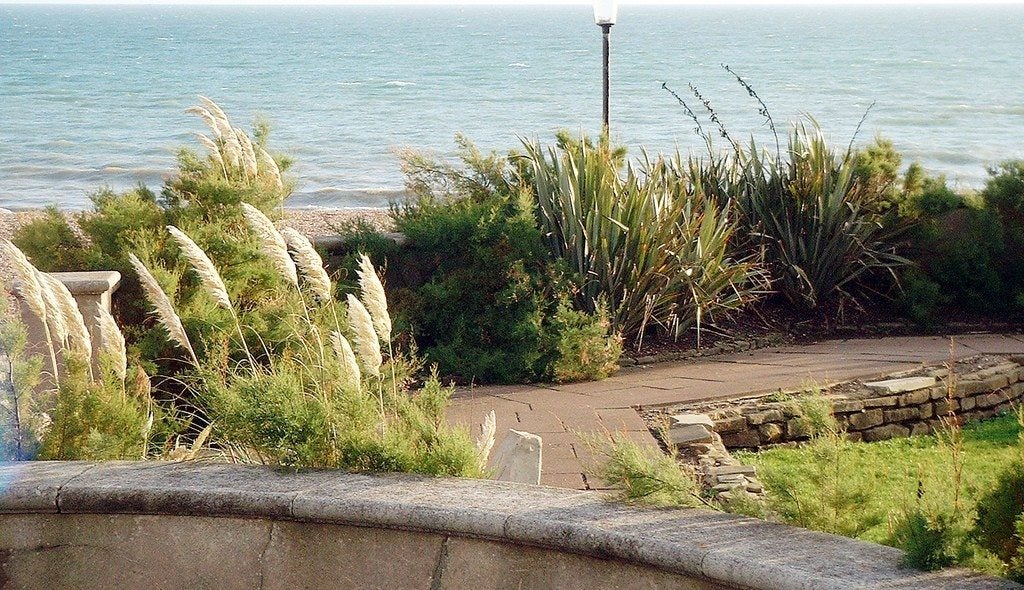 Seaside Gardens - Catch The Wave With Seaside Gardening
Seaside Gardens - Catch The Wave With Seaside GardeningThe natural conditions along the coast can create a hostile environment for garden plants. Seaside gardening away from these conditions also presents challenges for the gardener. Learn more here.
By Nikki Tilley